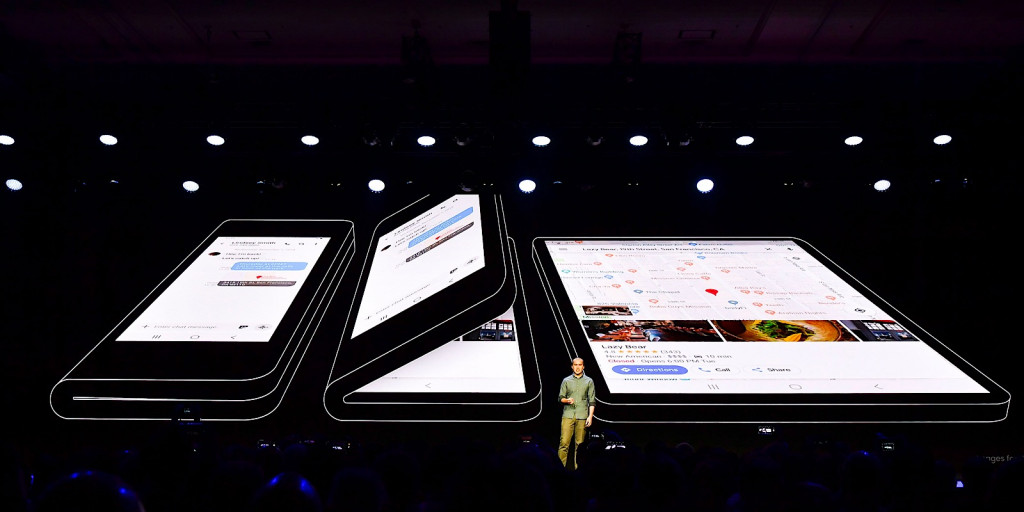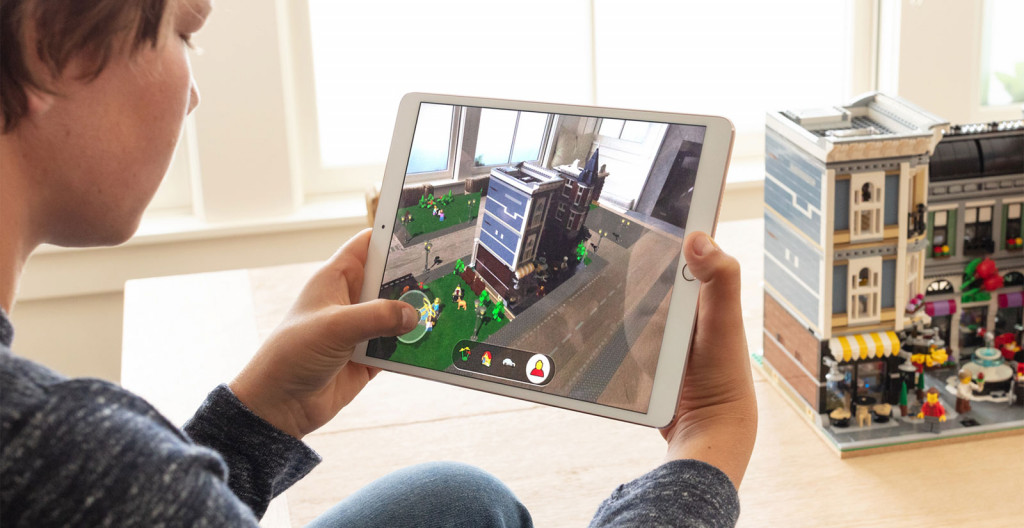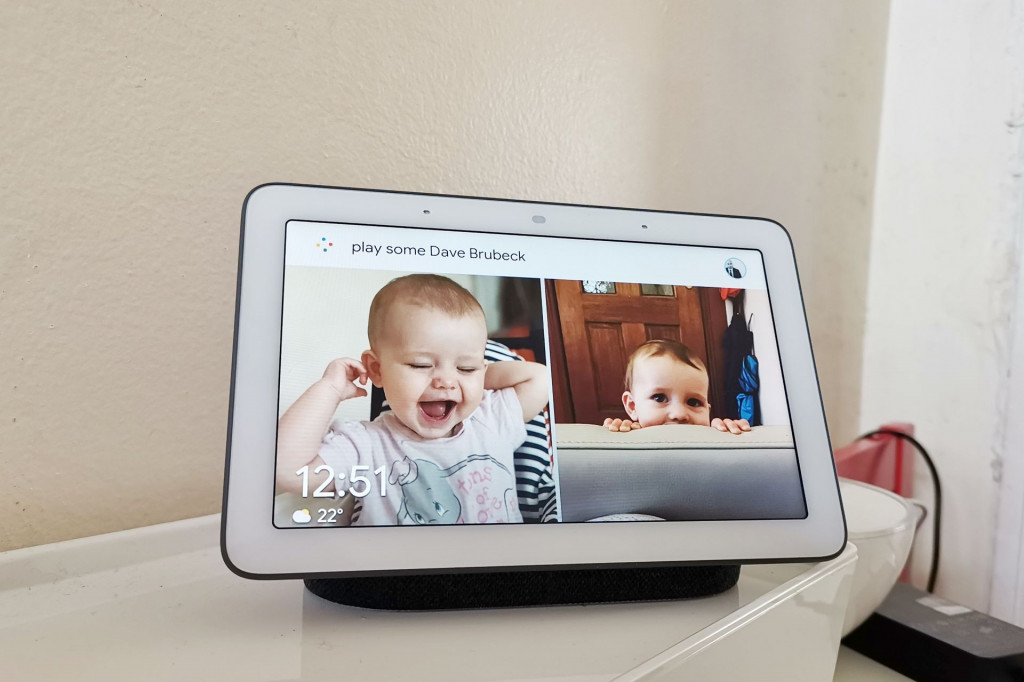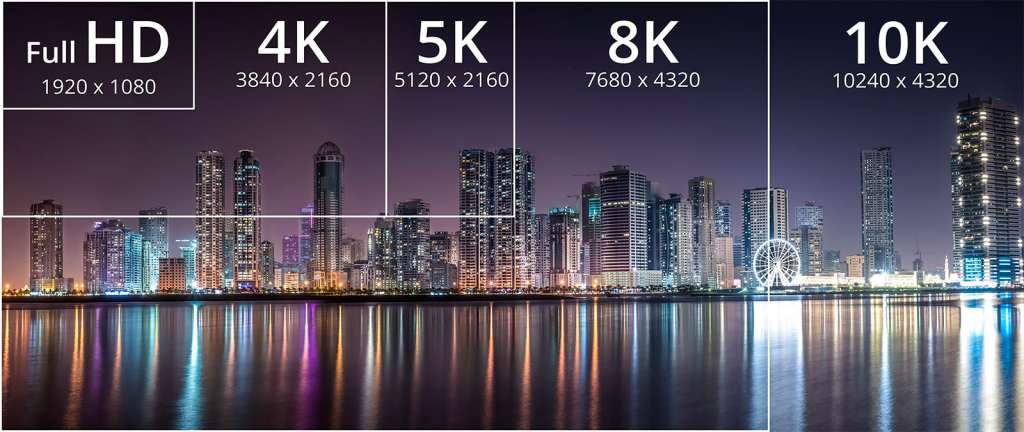Another year brings another set of technology trends, but how much of last year continues into this year?
Last year was about new TVs, smart homes, AI, and smartphones. It was about wireless sound in your ears and in your rooms, and how you can talk to Google.
And this year, much of that will probably continue, as 2018 becomes 2019, continuing the work led by last year’s trends. So what will the new year deliver for tech trends?
Ahead of CES, we’ve taken a peek into what you can expect to make a big deal in 2019.
The future of phones is foldable
One of the most obvious trend of the year is one we’ve had hinted for quite a while, but only saw an official confirmation of its development last year: flexible and foldable phones.
Foldable is a term that may lose a few people, but essentially it’s a technology that can fold in sections, with little hinges built into a sheet of a screen to fold it over.
It’s not like a clamshell phone, nor is it like a standard design of a laptop. Rather, it’s a technology that folds, and can essentially combine the form-factor of a phone and tablet into the same design.
Think of a tablet that can fold up into a phone, making them one and the same. That’s the concept a foldable phone delivers, and it’s one that we’ll see in 2019.
Faster mobile access with 5G
The latest and greatest mobile phones will also likely take advantage of the latest and greatest mobile connection technology, and for that we turn to 5G.
The logical successor to the 4G networks we’ve been using for the past few years, 5G is faster, offering more download bandwidth capability, which in turn allows devices to do more.
Higher definition video conversation is one possibility, but so is advanced high quality real-time telemetry and augmented reality alongside it. In fact, we’re taking a guess on that, because we’re not even sure we’ve seen 5G’s “killer app”, what is the best example of how 5G can be used.
In essence, think fast and multimedia friendly, because that’s what 5G can do right now. At least in Queensland, which is the only place Telstra has switched on Australia’s only 5G networks.
When it brings 5G phones to Australia in 2019, there’s a good chance you’ll find a few more places 5G networks will be ready, and Australia’s capital cities are the likely bet, as well as a few places around the globe, too, brought to you by other companies.
Expect Vodafone and Optus to be not far behind, and then 5G won’t be limited by where you can use it, but what you’ll be using it for.
It’ll sure make those cat videos load much, much faster, though. So there’s that.
The AR/VR revolution heats up
Improvements to mobile internet connectivity will also lead to improvements to concepts like augmented reality and virtual reality, which will have more bandwidth to play around with.
We’ve seen the beginning of the reality revolution in the past few years, but with Apple’s addition of ARKit to iPhones, it’s clear augmented reality is something Apple is pursuing, and it even works in web browsers.
Over on Android, ARCore is a little different, but there’s little doubt Google is cooking up something here, too.
Virtual reality is the other big arena, and it has the potential the make gaming and entertainment something else altogether, before even mentioning the possibilities that could be beneficial to one’s health.
The delivery of high-speed 5G networks could give AR and VR the legs it needs to become useful beyond the gimmick, and hopefully it’s something we see more of this year.
A smarter, more connected everything
Last year, the smart home was a buzzword that become a reality as we saw more technology driving the embrace of this piece of jargon.
There were plenty of smart speakers, smart lightbulbs, smart security systems, and more. It all connected in the same place and made the home “smart”, which is another buzzword to say “internet-connected”.
Ever wonder why your phone is called a “smartphone”? It isn’t because it has a faster processor; it’s because it can connect online.
And so can the home, provide you bring the right bits and pieces.
But in 2019, expect more in your life to get connected, and provide a way of keeping yourself online.
Smarter lifestyle gadgets, sensors, and more, and it will likely use a degree of artificial intelligence and automation to get things done.
High speed internet connectivity will help make this happen, and while the NBN will play a part in Australia as more homes gain access, so too will those aforementioned 5G networks.
The release of 8K
If last year proved that the 8K TV thing was more just a technical demo, this year will show a few people buying them.
The good news, though, is that 8K won’t destroy 4K to begin with. In fact, probably not for a while.
While an 8K TV should represent the pinnacle of television achievement in detail and clarity, the catch of the 8K TV is that there is absolutely no media for it in Australia. Worse, even if you did manage to spend money on one, the only content you’d find would likely be something you’ve shot on your own camera or a technical demo. That’s it.
In fact, few movies are shot at 8K levels, so don’t expect this to become a major format at least for some time.
But that won’t likely stop companies from churning out the 8K TVs ahead of time, and advertising some form of upscaling technology that makes 4K Ultra HD media shine on these screens.
Yes, you can probably expect to see at least one 8K TV in an electronic store this year, but don’t expect it to be inexpensive or even necessarily worthwhile, leaving it at the moment to folks with more money than sense.
However this technology should help drop the price of 4K screens, which is great news for anyone thinking that 2019 was the year they’d buy a new TV.
On the road to the electric smart car
Electric cars are making an impact on the world already, but you can expect a little more to happen in that world this year.
It’s not just about the death of fossil fuels and how that can help, but also about how the car can better evolve, and part of that has to do with artificial intelligence and automation.
In fact, there’s an idea going around that the generation of children born in the past year or two won’t have to learn to drive, with smart cars able to take care of that for them.
This year, you can expect to see more developments in machine learning, AI, and self-driving cars, among other things, and it’s just the beginning of a vehicle revolution.
Better banking
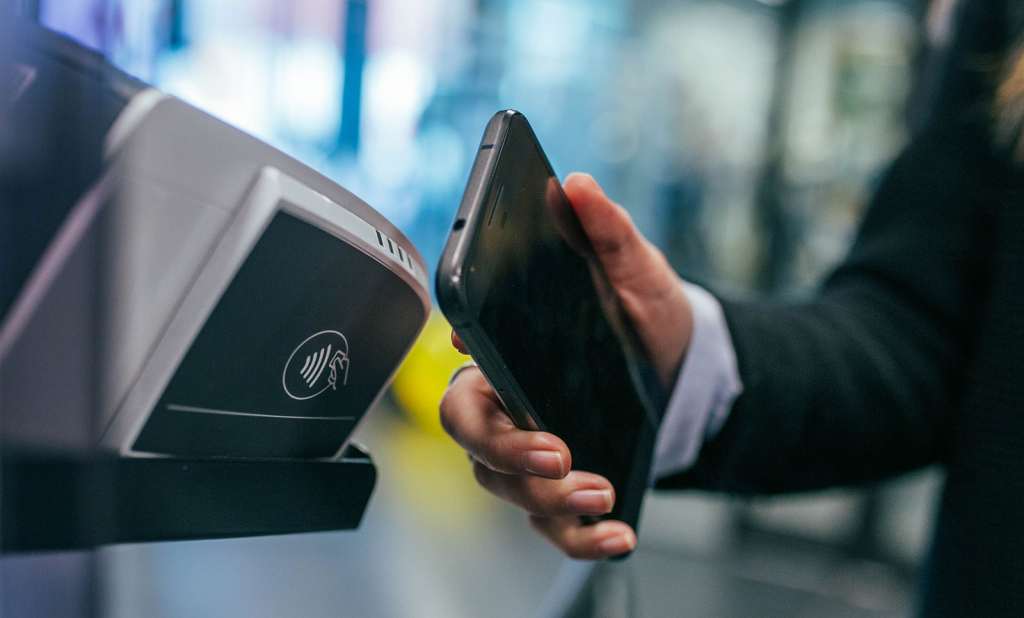
Finally, there’s the world of banking, and it’s an area that is being changed by phones and wearables.
By the end of 2018, almost every Australian bank supported at least one standard. Some were clearly more friendly to standards than others, with ANZ and Commonwealth Bank doing a lot for their customers — but mobile banking is just one part of how electronic payments will change for the better.
In Australia, this year we should start to see the concept of “open banking” come to life in the middle of the year. The idea here is that you’ll have more control of your financial data, and should be able to move it between banking institutions if you so choose.
Our world relies on the integrity of data and the security of it, and so technologies that improve our handling of money could make life just that little bit easier altogether.



